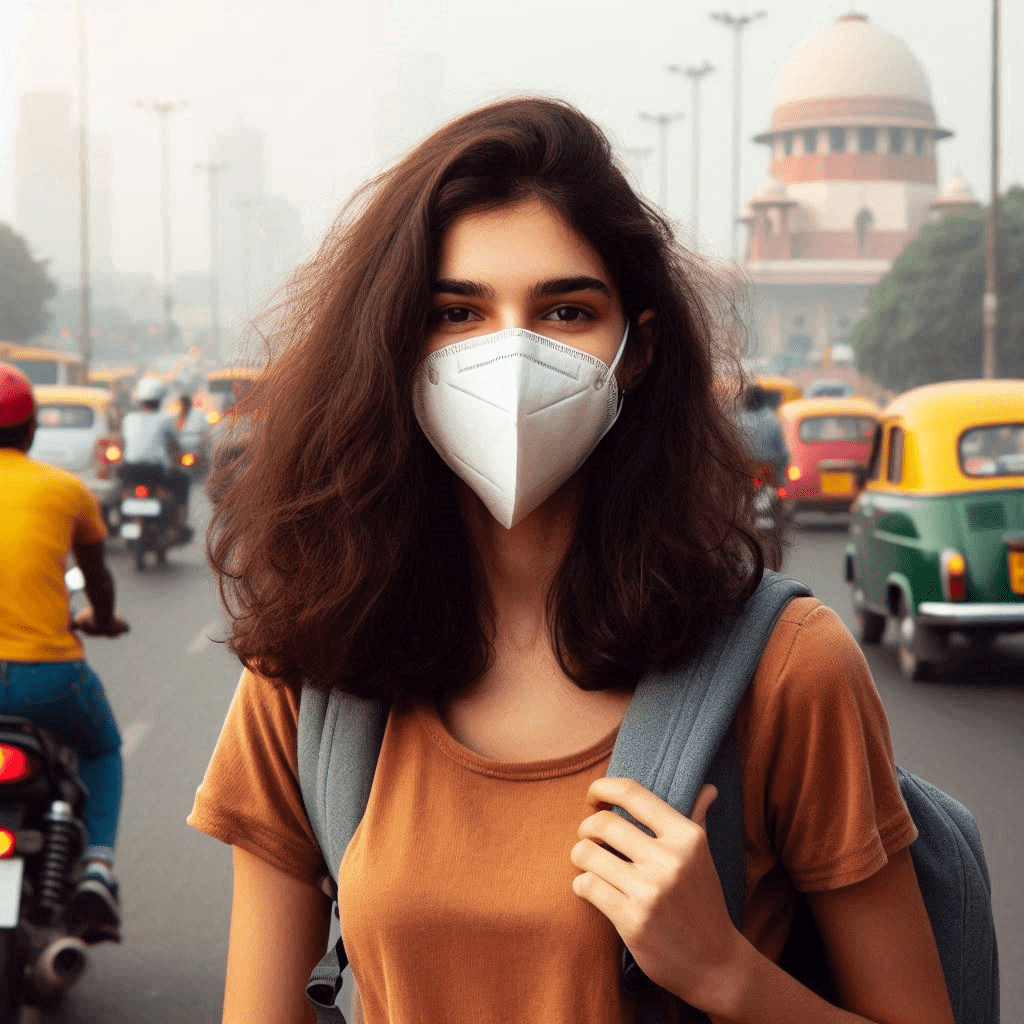Many of India’s vibrant cities are packed with culture, history, and flavors, but they often come with a challenge: air pollution. Especially in winter (November to February), urban air quality can dip, potentially affecting your health, particularly if you have asthma or other respiratory conditions. Don’t let this deter your trip—here’s a practical guide to breathe easier and enjoy India to the fullest.
Why Air Pollution Is A Concern
Poor air quality in India’s major cities can cause throat irritation, coughing, or worsen conditions like bronchitis. Pollution levels fluctuate, with winter bringing thicker smog due to cooler temperatures, vehicle emissions, and crop burning in nearby regions. But with the right steps, you can minimize exposure and focus on exploring India’s temples, markets, and cuisine.
Practical Steps to Stay Safe
- Check Air Quality Before You Go
Stay informed with real-time air quality data. Apps and websites like AQICN (aqi.in) or the US Embassy’s Air Quality Index (airnow.gov) provide city-specific updates for places like Delhi, Bangalore, or Agra. Download apps like Plume Labs or AirVisual for on-the-go alerts. Pro tip: Air quality is often better in coastal cities like Chennai or hilly areas like Shimla, so plan your itinerary accordingly. - Wear a High-Quality Mask
A good mask is your best defense outdoors. Skip cloth masks and opt for an N95 or N99 mask, which filters out fine particulate matter (PM2.5). Brands like Vogmask or Cambridge Masks are reusable and comfortable for long days of sightseeing. Carry a spare in your daypack for busy markets or rickshaw rides. - Time Your Adventures Smartly
Air pollution often peaks midday or during rush hour. Plan outdoor activities like visiting the Taj Mahal or strolling through Old Delhi for early mornings or late evenings, when air quality is typically better. Monsoon season (June to September) can also bring cleaner air due to rain, but always check local forecasts. - Find Clean Air Zones
Book hotels or guesthouses with air purifiers—many upscale and mid-range properties in cities like Jaipur or Hyderabad offer them. Spend downtime in green spaces like Lodhi Garden in Delhi or Cubbon Park in Bangalore, where trees help filter the air. Malls, cafes, and museums with air conditioning are great indoor escapes on bad air days.
ITT Pro Tips
- Listen to Your Body: If you feel symptoms like a scratchy throat, watery eyes, or shortness of breath, take a break in an air-conditioned space. Pharmacies in India are well-stocked, but carry a small supply of over-the-counter remedies like antihistamines or cough drops.
- Pack for Comfort: Bring electrolyte packets or rehydration salts (like Oral Rehydration Solution, widely available in India) to stay hydrated, especially if you’re sampling street food or traveling in hot climates. A small bottle of hand sanitizer and a reusable water bottle with a filter are also handy.
- Explore Beyond Cities: Rural areas and hill stations like Rishikesh, Munnar, or Darjeeling often have cleaner air. Combine urban adventures with nature escapes for a balanced trip.
Categories :


